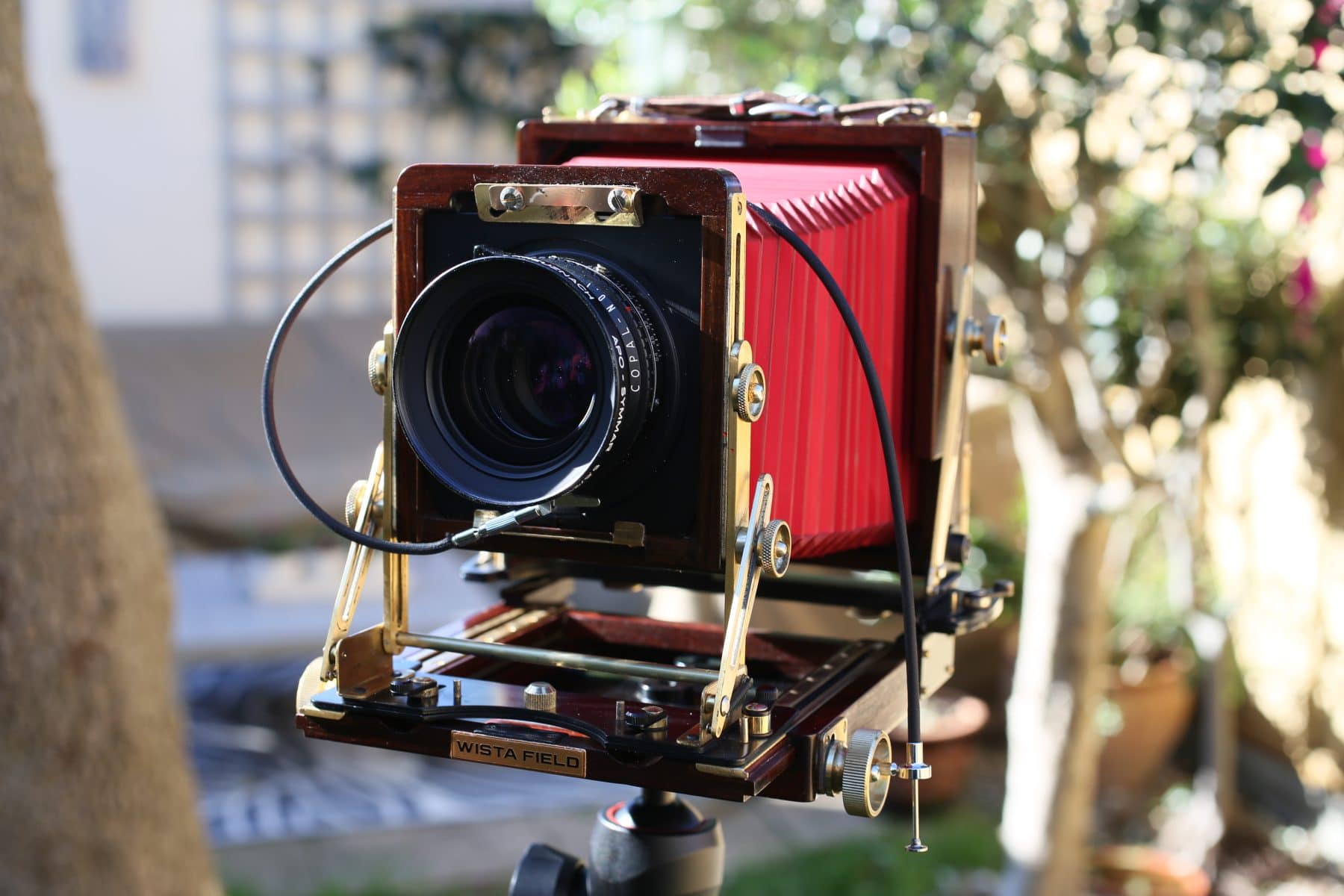Get your lenses and cameras calibrated to each other (and make sure you regularly service them!!).
This tip is more for the pro photographer and hardened amateur than the casual shooter but is really important. If you want predictable results you have to be sure your equipment is behaving as it should do. Lenses and Cameras need to matched as a pair for best results.
I have lost count of the times that I’ve read posts on the internet saying “I have a soft copy of a lens” then they either return the lens to the shop or send it to canon, nikon or whoever who test it and then reply “It is within tolerence.” only for the photographer to scream conspiracy bad mouth the company over the internet and generally throw his toys out of the pram. If you buy a lens that is soft or indeed buy any lens really you should have it matched to the camera body and I’ll tell you why.
Imagine that a camera manufacturer has a tolerence of +5 to -5 for cameras and lenses +5 being front focus and -5 being rear focus. You buy a camera and it is a +5 and by fluke the lens is a +5. You think you’ve bought kit that is bang on, super sharp, you’ve lucked out and bought great copies of both camera and lens. Except you haven’t. You’ve just bought two products that are just about acceptable, but luckily for you the errors cancel each other out. Now after a while you buy a new lens it’s a perfect copy, a 0. Of course when you try it is softer than your other lens, you send it back and the manufacturer tells you it’s within tolerance, cue gnashing of teeth, irate forum posts, and switch from brand x to brand y at a cost of thousands of to the photographer.
What he should have done is sent all of his lenses and camera bodies to be serviced and matched to each other. With higher end bodies you can now check and adjust lenses via a lens calibration option, but unless you can be sure of having a perfect testing procedure it’s not 100%. I’ve certainly used it and got lenses to perform better though, but not as well as when I sent them in to a qualified repairer.
If you buy a new lens and are not happy with it, by all means send it back to the manufacturer but make sure you send a camera body with it. Without a camera body the service engineer has nothing to calibrate to and you may end up with a lens that is worse than you started with. Also remember that wear and tear, as well as knocks and vibrations during transport has an effect too so ideally you want to get all of you equipment checked out once a year if you can.
